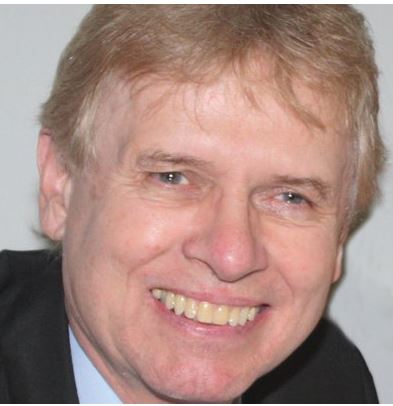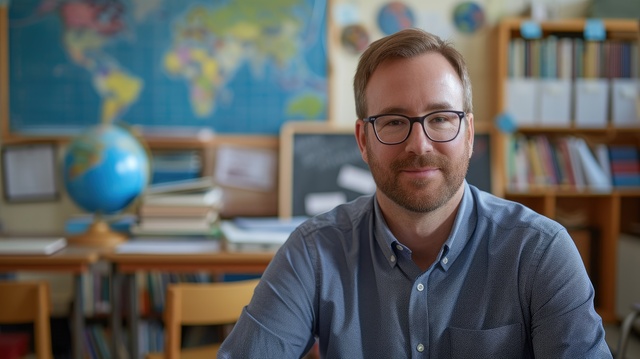The Devastating Impact of Physician-assisted Suicide on the Medical Profession
It’s as if the physician’s black bag nowadays contains not only a stethoscope and a reflex hammer, but also a needle and a prescription pad on which to write a lethal concoction.

According to David Andrusko, editor of National Right to Life News, Wesley J. Smith helps the reader appreciate that, like a cancer, the growth of support for so-called physician-assisted suicide must be fought 24/7.
Led by the likes of Compassion and Choices (the new name for the Hemlock Society), they are relentless. Opponents must be no less so.
One of the subjects Wesley often writes about is how the campaign for physician-assisted suicide undermines the very core of the profession. Another example is Dr. William L. Toffler. He wrote a powerful op-ed one time for the Wall Street Journal titled “A Doctor-Assisted Disaster for Medicine.” While it ran some years back, its warning is even more relevant today. With the wealth of experience that comes with being a professor of family medicine at Oregon Health & Science University in Portland, and a licensed physician for 35 years when Dr. Toffler wrote the piece, he begins by telling us how he has “seen firsthand how the law has changed the relationship between doctors and patients, some of whom now fear that they are being steered toward assisted suicide.” It would be almost impossible to adequately unpack those 26 words, let alone the entire op-ed, in anything short of a book-length post. But think about this. Patients must worry that physicians are no longer necessarily committed to “first do no harm,” but to “first consider assisted suicide.” It’s as if the physician’s black bag nowadays contains not only a stethoscope and a reflex hammer, but also a needle and a prescription pad on which to write a lethal concoction.
"So what?" you might ask. I remember reading the following, gosh, maybe forty years ago and it has remained with me ever since. It was written of famed anthropologist Margaret Mead (Margaret Mead to Maurice Levine. Recounted in Five Days at Memorial: Life and Death in a Storm-Ravaged Hospital, by Sheri Fink. [Broadway Books, 2014] 386.), explaining the almost incomparable significance of the Hippocratic Oath: “For the first time in our tradition there was a complete separation between killing and curing. Throughout the primitive world, the doctor and the sorcerer tended to be the same person. He with the power to kill had power to cure, including specially the undoing of his own killing activities. He who had the power to cure would necessarily also be able to kill…With the Greeks the distinction was made clear. One profession, the followers of Asclepius, were to be dedicated completely to life under all circumstances, regardless of rank, age or intellect – the life of a slave, the life of the Emperor, the life of a foreign man, the life of a defective child…” Mead rightly observed of this “priceless possession” that “[S]ociety always is attempting to make the physician into a killer – to kill the defective child at birth, to leave the sleeping pills beside the bed of the cancer patient…It is the duty of society to protect the physician from such requests.”

Dr. Toffler goes through the many holes in the safety net – “safeguards” – that supposedly protect physicians from abusing their new found authority and the patient from themselves, particularly when they are depressed. Let me mention just one other of the many fine points Dr. Toffler makes. “A shroud of secrecy envelops the practice of assisted suicide,” he writes. Doctors engaging in it do not accurately report the actual manner of death. Instead, they are required by state law to fabricate the death certificate, stating that the cause is “natural” rather than suicide.
In late 1997, right before assisted suicide was about to begin in Oregon, the state legislature implemented a system of two different death certificates – one that is public and includes no medical information, and another that is kept private by the state. As a result, no one outside of the Oregon Health Division knows precisely how many assisted suicides have taken place, because accurately tracking them has been made impossible.
It is a conspiracy not just of secrecy but of a willingness to be a party to something that is transparently dangerous – indeed, infinitely dangerous: let’s pretend it’s just not happening.

Dave Andrusko
David Andrusko is editor of the National Right to Life News. In addition to editing the National Right to Life News, he has edited five books and been published in newspapers and magazines, including The New York Times, USA Today, Our Sunday Visitor, National Catholic Register and First Things. Andrusko started his pro-life work in the mid-1970s with SOUL — Save Our Unwanted Children — on the campus of the University of Minnesota
















